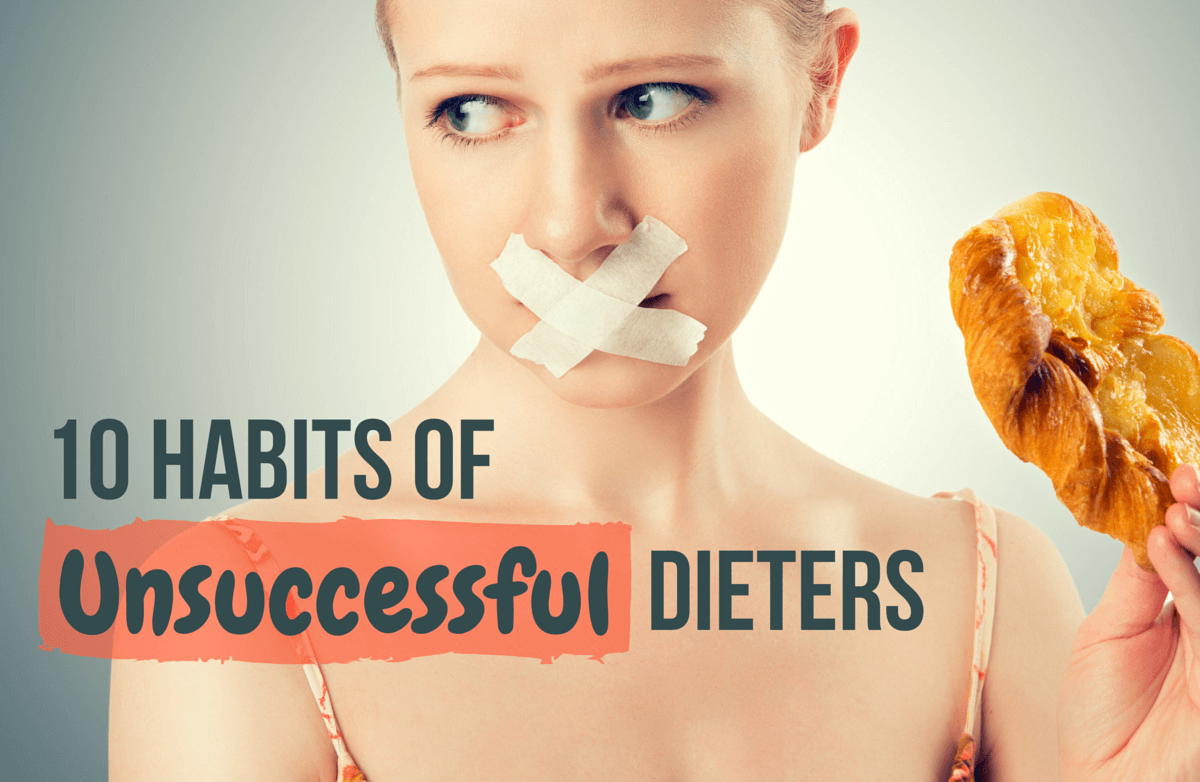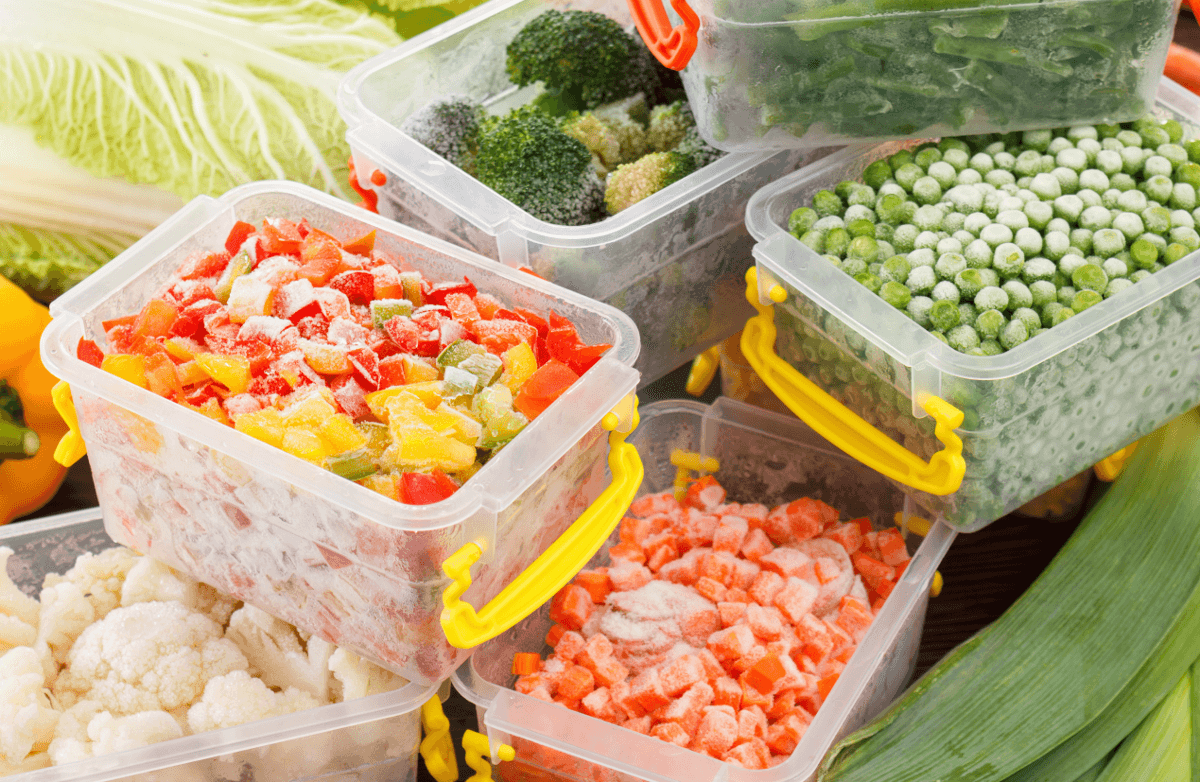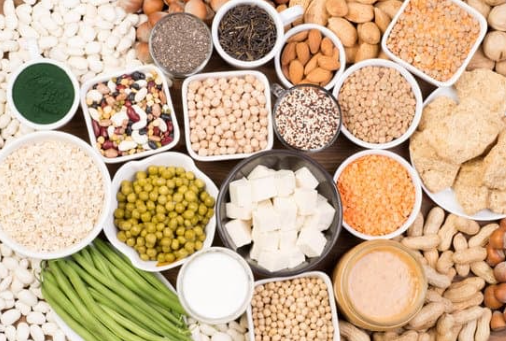For women with polycystic ovary syndrome (PCOS), daily life can bring both physical and emotional challenges. Common symptoms include irregular periods, unwanted facial hair, thinning hair, acne, weight changes, and fertility struggles. Beyond these, PCOS can also affect mood—leading to stress, anxiety, and depression. This condition impacts the whole body, not just the ovaries.
PCOS is a hormonal disorder that affects about 1 in 10 women worldwide. Many women first suspect PCOS because of changes in their cycle, unexplained weight gain, excess hair growth, or difficulty getting pregnant. Women with PCOS often have higher insulin levels, insulin resistance, or prediabetes. They may also face an increased risk for thyroid issues, high blood pressure, and cholesterol imbalances. Managing PCOS starts with understanding how food, movement, and mindset can work together to support your health.
Nutrition and Lifestyle Basics
Healthy eating plays a powerful role in managing PCOS symptoms. Because hormonal imbalances can make weight loss more challenging, focus on progress—not perfection. A balanced eating plan typically includes:
-
40–50% carbohydrates, mainly from high-fiber foods like vegetables, fruits, legumes, and whole grains
-
20–25% protein, from lean sources such as fish, poultry, beans, and lentils
-
25–35% fat, with an emphasis on healthy fats from nuts, seeds, avocado, and olive oil
Try to eat every 3–5 hours to stabilize blood sugar levels and prevent cravings. Include a source of protein and fiber with each meal or snack to promote fullness and reduce blood sugar spikes.
Smart Food Choices
-
Choose whole foods over processed options whenever possible.
-
Limit foods high in refined carbohydrates (white bread, sweets, sugary drinks).
-
Aim for 20–40 grams of fiber daily to support digestion and hormone balance.
-
Include omega-3-rich foods like salmon, walnuts, chia seeds, and flaxseed to reduce inflammation.
-
Fill half your plate with fruits and vegetables—these nutrient-rich foods support hormonal and metabolic health.
Because calorie-controlled eating can sometimes limit nutrients, a daily multivitamin-mineral supplement may help fill in the gaps.
Sample Meal Plan
Here’s an example of a day balanced for PCOS-friendly eating (about 1,500 calories):
Breakfast: 2 eggs with veggies, 1 slice whole-wheat toast, 1 cup fruit
Lunch: Turkey sandwich on whole-grain bread, baby carrots, grapes
Snack: 17 almonds
Dinner: Grilled salmon, ½ cup brown rice, salad with avocado and strawberries
Snack: Greek yogurt with blueberries
The Key Takeaway
PCOS affects each woman differently, but healthy lifestyle habits can make a big difference in symptom management and overall well-being. Partnering with a Registered Dietitian and health coach can help you design a plan tailored to your unique needs, goals, and preferences.













